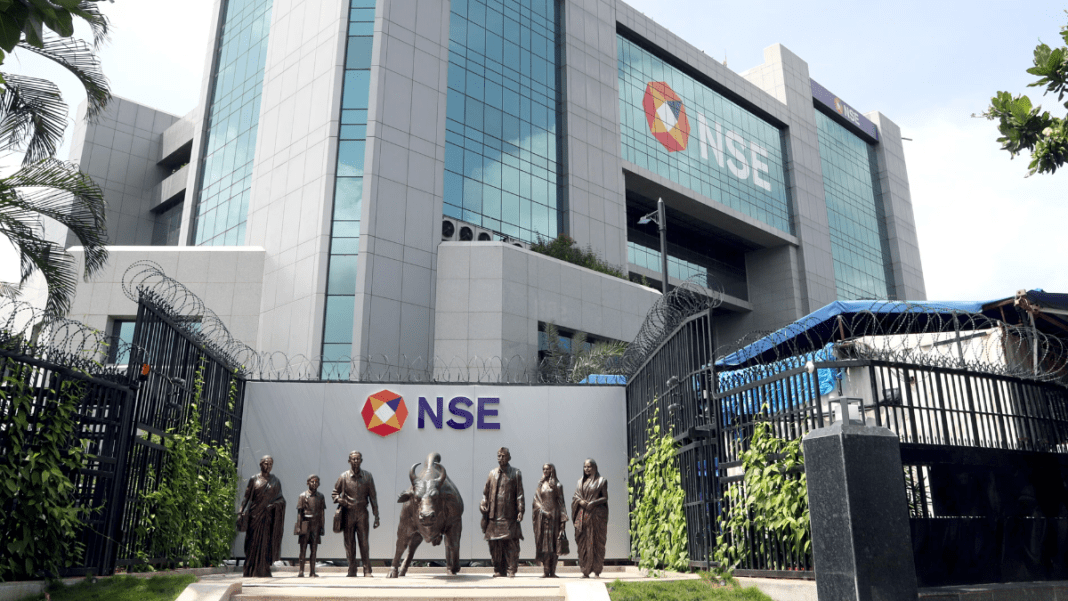In a startling development, the National Stock Exchange (NSE) of India faced an unprecedented 40 crore (400 million) cyberattacks in a single day during a cybersecurity drill named ‘Operation Sindoor.’ This marked the highest-ever volume of cyberattacks recorded against the country’s largest stock exchange in a single day.
According to a senior NSE official, the exchange usually faces around 150 to 170 million cyberattacks daily, originating from different parts of the world. These attacks attempt to steal data, slow down systems, or disrupt trading operations. However, during Operation Sindoor, the scale of the attacks was far beyond normal.
The exercise was designed as a Distributed Denial-of-Service (DDoS) simulation, a type of cyberattack that floods servers with massive amounts of traffic from multiple sources, aiming to make them crash or inaccessible to real users. Despite the enormous pressure on its systems, the NSE successfully withstood the digital assault without any disruption to trading or compromise of data.
Hackers reportedly used malware campaigns, DDoS attempts, and GPS spoofing during the attack. These are common tools in large-scale cyber offensives aimed at overwhelming networks. Yet, the exchange’s defenses—both human and technological—held firm, preventing any lasting impact.
Spain–Portugal metro disruption shows challenges in managing cyber and operational safety
Inside NSE’s 24/7 Cyber Defense Network
The NSE’s resilience during Operation Sindoor was made possible by its two Cyber Defence Centres, which operate 24/7 to monitor and neutralize online threats. These centers are staffed with expert cybersecurity professionals, often called “cyber warriors,” who continuously scan systems for unusual activity and respond to any sign of intrusion.
Officials said that the exchange’s cybersecurity infrastructure is a combination of advanced software, artificial intelligence, and automated firewalls that can detect and block harmful traffic before it reaches critical systems. The centers work on a “battle mode” setup, ensuring that even during peak market hours or heavy cyber activity, the systems remain operational and stable.
As a precaution during Operation Sindoor, the NSE temporarily restricted foreign access to its website to minimize risks from external IP addresses. This strategic move helped stabilize server loads and ensured that trading activities remained uninterrupted.
To maintain the highest level of security, the NSE has made Vulnerability Assessment and Penetration Testing (VAPT) mandatory for all trading members and employees. This process simulates hacker behavior to identify and fix weak points before attackers can exploit them.
Recently, a group of journalists from Jammu and Kashmir visited the exchange to observe how its teams operate these cyber defense mechanisms. They were shown live monitoring systems, data backup centers, and rapid response tools that ensure the exchange’s stability even under heavy attack. Officials explained that the NSE’s safety net relies on people, machines, and technology working together seamlessly.
Washington’s legal powerhouse suffers cyber breach amid wave of law firm attacks
Rising Cyber Threats and India’s Resilient Response
The cyber barrage on the NSE came amid a broader spike in online threats across India. Maharashtra Cyber, the state’s cybersecurity agency, reported that seven Advanced Persistent Threat (APT) groups had launched more than 15 lakh (1.5 million) cyberattacks on Indian websites and digital infrastructure after the Pahalgam terror attack earlier this year.
The agency noted that out of these attacks, only around 150 were successful, resulting in a failure rate of 99.99% for the hackers. Their methods included malware infiltration, DDoS assaults, GPS spoofing, and defacement of websites.
Cyber experts highlighted that such attacks are becoming increasingly dangerous due to global interconnectedness and the complex nature of modern financial systems. A successful breach at the NSE, for instance, could have a ripple effect, impacting banks, brokers, and investors connected to the exchange.
Officials reaffirmed that the NSE remains vigilant and continues to strengthen its digital infrastructure to handle evolving threats. Operation Sindoor demonstrated that even under extreme pressure, India’s financial backbone stayed secure, stable, and fully operational.





